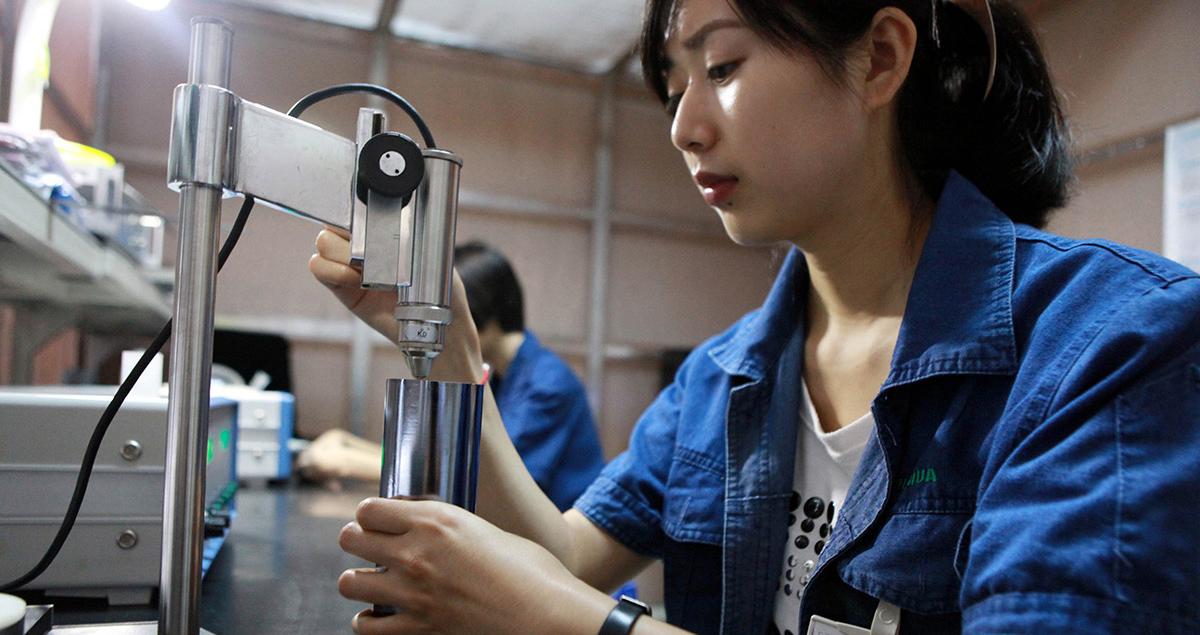East meets West - What can Western managers learn from their Japanese colleagues?

East and West have always had much to learn from each other, in business just as much as philosophy and culture.
In the 1970s and 80s, Japan famously revolutionized manufacturing with the just-in-time approach which cut waste by supplying parts only when the process required them. The old system, known as just-in-case, held inventory for every possible eventuality.
Just-in-time eliminated the need for each stage in the production process to hold buffer stocks, resulting in huge savings.
This seemingly simple change transformed production processes around the world and remains the model of efficiency and productivity.
So, what else can the West learn from Japan’s business practices?

Continuous improvement
Kaizenis the Japanese business philosophy of continuous improvement. It involves all employees making small changes to reduce waste and increase efficiency. Companies like Toyota, Nestle and Canon use kaizen as a key ingredient in their business models.
Lockheed Martin, an American global security and aerospace company, incorporated kaizen in its material management to reduce manufacturing costs, inventory and order-to-delivery time.
Through kaizen, Mitsubishi Heavy Industries (MHI) Group improved the design process for its equipment used in chemical and environmental plants. Previously, the company tailor-made each plant to order. But by making small, continuous updates to the basic design based on what customers were asking for, engineers were able to streamline the process and establish a standardized product which fulfilled the needs of all its clients.
This resulted in cost reduction in engineering and design, a decrease in errors made during the design phase, and a reduction in cost to the customer by five to ten percent.
Get to the root of the issue
Rather than trying to fix problems as soon as they occur, Japanese business people tend to put the issue on the table and take time to think about the origin of the problem.
Unlike the ‘Band-Aid’ approach, a more pragmatic method corrects the root causes of the issue and prevents the likelihood of committing the same error again and again.
In the 1980s, several customers of MHI Group in the power plant industry had ongoing problems with deposit build up when using the company’s flue gas desulfurization technology.
Through dissecting the problem and getting to the root of the issue, MHI Group eventually developed the Double Contact Flow Scrubber, an advanced scrubber for sulphur dioxide control. This technology is now deployed in plants around the globe, particularly in markets such as the US where the energy sector has to meet tight regulations for SO2 emissions.

Growth through partnership and collaboration
Japanese businesses believe that successful growth often comes through a spirit of partnership, collaboration and mutual benefit.
The Boeing 787 Dreamliner is a good example of this collaborative approach. Cooperation between Boeing and its Japanese peers has a long history, starting from the 1970s and the supply of components for the 747 and 737 programs. When 767 came along in the 1980s, Japanese companies, including a part of MHI Group were selected to manufacture 16% of its airframe structure. This was extended to 21% of the 777's airframe in the 1990s, and - at the opening of the 21st century - to 35% of 787 Dreamliner's ground-breaking composite structure, for which MHI Group builds the main wings.
For MHI Group, global partnerships have allowed the company to achieve great success in maintaining its edge in the face of technological disruption within the industry.
For example, in 2017, the company celebrated the 25th anniversary of the founding of Mitsubishi Caterpillar Forklift, a joint-venture partnership between MHI Group and Caterpillar in the US. In Europe, the MHI Vestas Offshore Wind joint venture builds some of the world’s largest turbines for wind farms.
Combine the best of East and West
Though often vastly different, lessons can be drawn from Eastern and Western business practices which benefit everyone.
For example, the American way of doing business and the Japanese approach each have their benefits. While the Japanese fix problems by dissecting them, many Americans may consider this process to be slow by US standards. From the Japanese perspective, many US decisions could appear hasty.
Mitsubishi Heavy Industries America merges the two – pulling from the “top down” approach of US businesses and incorporating the “bottom up” mentality of the Japanese.
Japanese-style global management means sound, swift and transparent decision-making based on a long-term view, not just on short-term profit with a focus on diversity and harmony for workers, customers and communities.
Goals are long-term, instead of short-term, allowing more time to be spent on value creation for everyone involved in the process.





